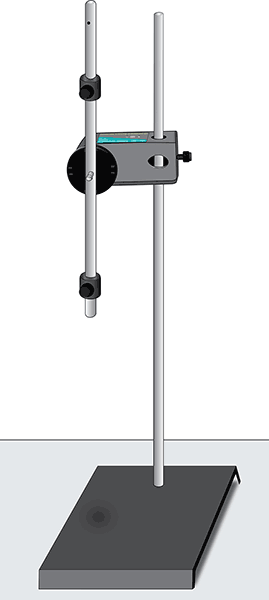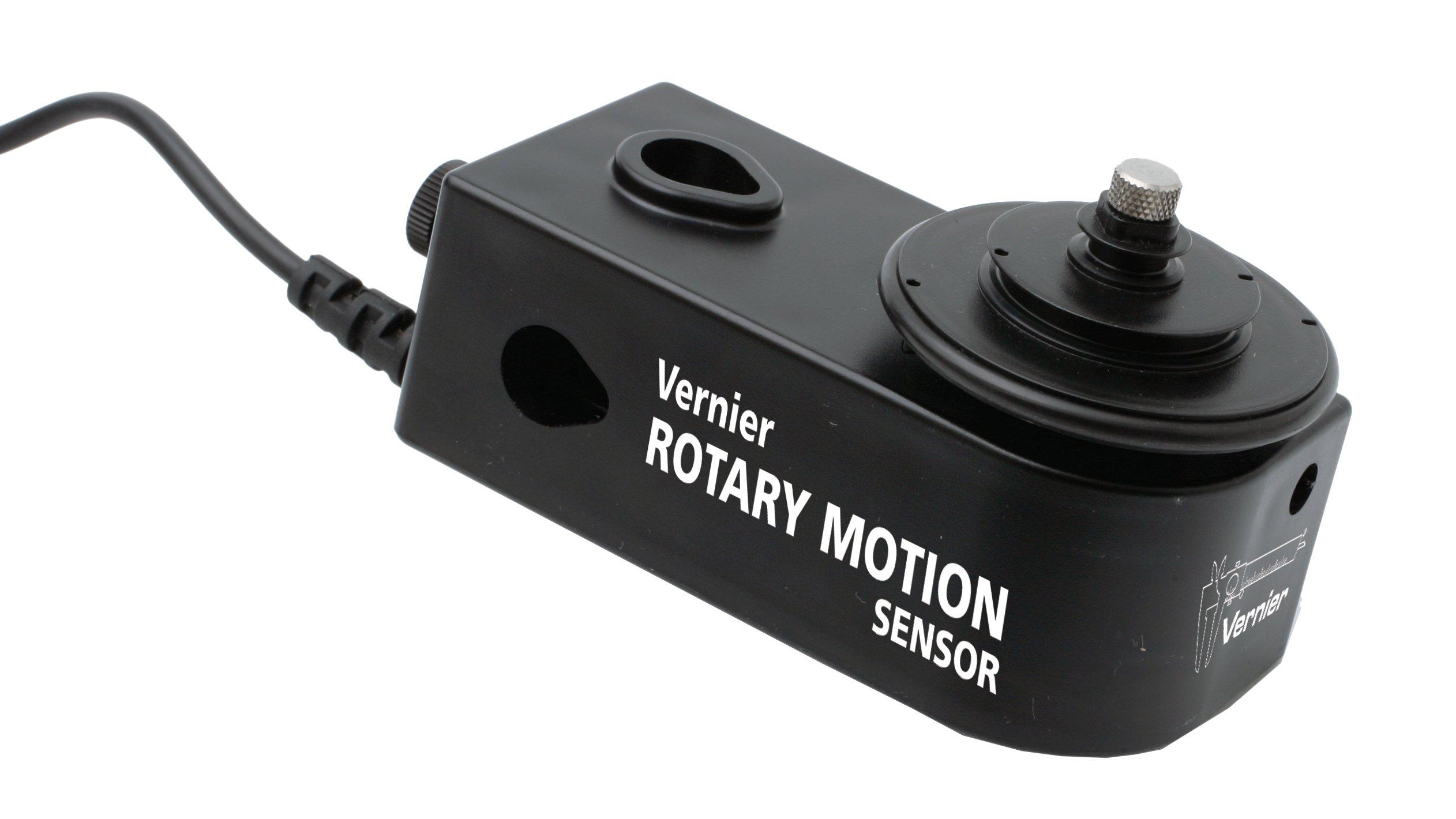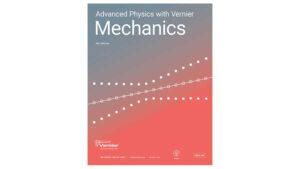
Introduction
The introductory treatment of the motion of a pendulum leaves one with the impression that the period of oscillation is independent of the mass and the amplitude, and depends only on the length of the pendulum. These relationships are generally true so long as two important conditions are met:
- the amplitude is small (<< 1 radian), and
- the mass of the system is concentrated at the end of the string.
Experiment 17 examined the non-ideal behavior of the pendulum when the amplitude was not kept small. In this experiment, you will investigate the effect on the behavior of a pendulum when the mass of the system can no longer be treated as a point mass at the end of a massless string.
Objectives
In this experiment, you will
- Collect angle vs. time data for a variety of physical pendulums.
- Determine the period of oscillation from an analysis of the angle vs. time graph.
- From an analysis of the torques acting on the system, derive the equation describing the motion of the physical pendulum.
- Compare this equation to the one that describes the motion of a simple pendulum.
- Relate the angular frequency, ω, of the system to its physical features.
- Compare the agreement between experimental and calculated values of ω determined by this treatment of the system with those obtained by treating the system as if it were a simple pendulum.
Sensors and Equipment
This experiment features the following sensors and equipment. Additional equipment may be required.
Ready to Experiment?
Ask an Expert
Get answers to your questions about how to teach this experiment with our support team.
- Call toll-free: 888-837-6437
- Chat with Us
- Email support@vernier.com
Purchase the Lab Book
This experiment is #18 of Advanced Physics with Vernier — Mechanics. The experiment in the book includes student instructions as well as instructor information for set up, helpful hints, and sample graphs and data.




